Similar Posts

Long Division Simulation – Float
If you or your student or child are having difficulties in learning long division, then you will find this simulation comprehensive and instructional, that guides the learner through the process step by step. This application is for long division with float quotient. Another application on long division with remainder is also available in the simulations section.
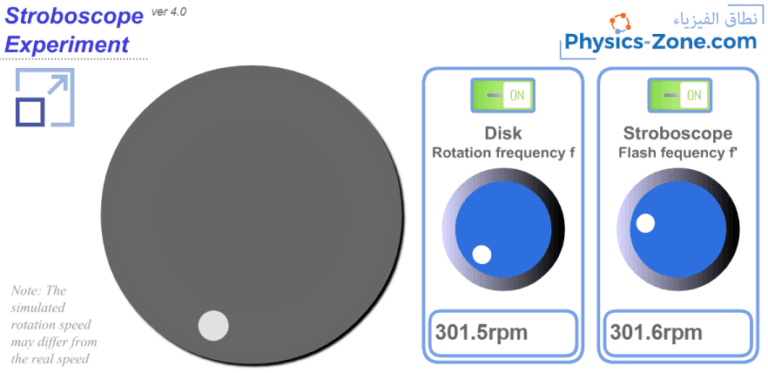
Stroboscope Simulation
This simulation is of a rotating disk being illuminated by a stroboscope. You can control the speed of the disk and the frequency of the stroboscope, and see how the white spot on the disk appears. You can check all the cases of stationary appearance and the slow-motion appearance.
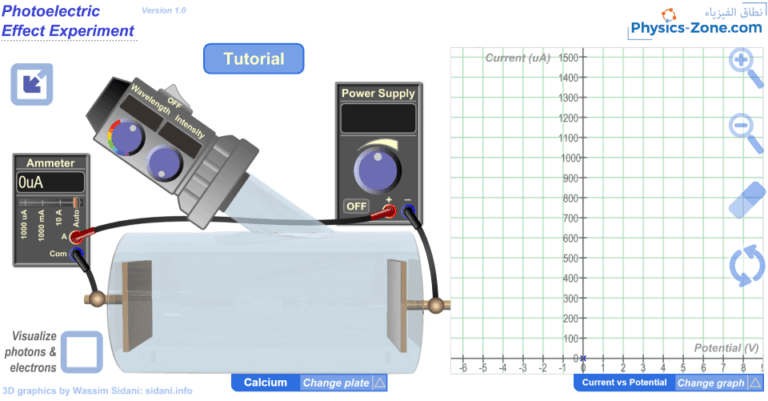
Photoelectric Effect Experiment Simulation
With this comprehensive and realistic-like photoelectric effect experiment simulation, you will be able to illustrate the following:
The variations of the photocurrent versus potential.
The variations of the photocurrent versus light intensity.
The variation of the kinetic energy of the ejected electrons versus the incident light frequency.
It comes with a graph where you can trace each type of variation as you vary the parameters of the experiment.
Plus, you can experiment and discover more with this simulation.
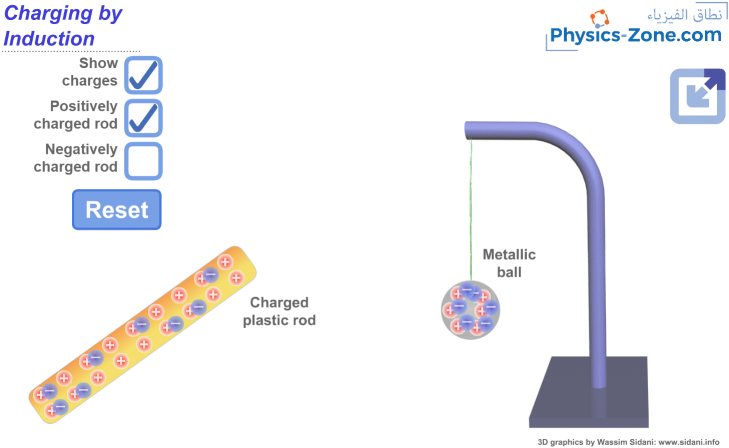
Charging by Induction Simulation
Using this simulation, you can experience the phenomenon of charging a metallic ball by induction in the first stage and charging the ball by contact in the second stage after the charged rod touches the ball. The displayed charges are for an illustrational purpose, and they are not seen in reality. You can disable the display of charges on the rod and on the ball.
In this simulation, you can try two situations, one in which the rod is positively charged and another in which the rod is negatively charged, and you will see that the two situations result in the same observation.
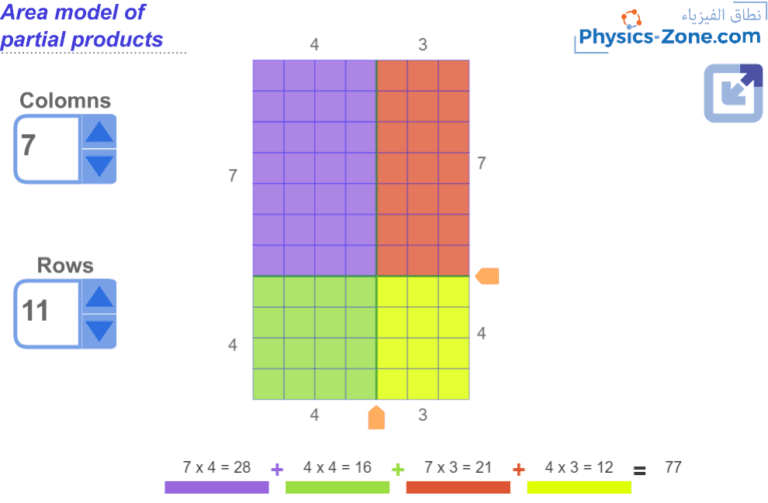
Area Model of Partial Products
Elementary math teachers know the importance of this model in teaching the concept of applying distributive property in area model.
The idea is to break one large area (which represents the product of two numbers) into several pieces (products of smaller numbers), then to find the areas of the pieces individually, and finally add to get the area of the whole (the product of the given numbers).
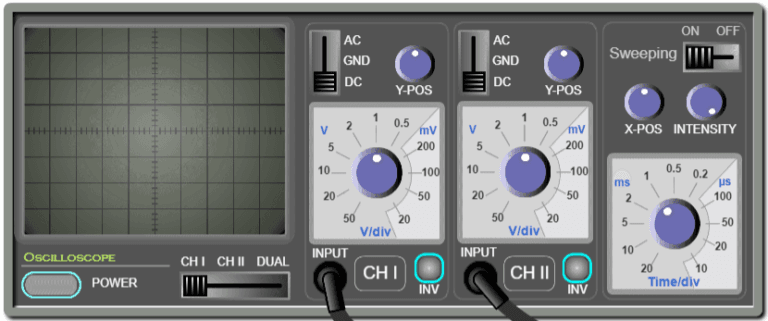
Updates to Stroboscope Simulation
I updated the graphical user interface for easier interaction and better fitting in the browser. I also optimized the code.
